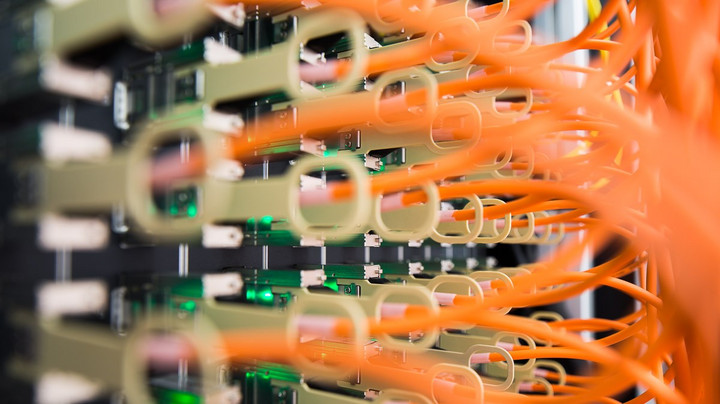The Journey of a Data Packet
How does the message we type get transmitted to its recipient? It’s all about routers, fiber, and the light in the fibers, as Wolfgang Tremmel, Head of the DE-CIX Academy, tells dotmagazine in interview.

Watch the video above or on YouTube, read the transcript, or skip to individual questions:
- So, I'd like to talk to you today about the journey a network packet it takes, when it goes from one computer to the other. What happens in between?
- What are the touch points that the network packet meets through its journey? What are the steps or places it goes through?
- Who are the people involved in this journey? Who are the people who could affect that journey, through decisions they make or by interfering in some way?
- Are there other points where accidents like that can happen? That can have a big impact on a network in a city or an area?
- Is it possible for a person or an institution, say secret service, to follow the journey a network packets takes? Can it be tracked? Can you hide where information is coming from and going to?
- What are other factors that affect the journey of the network packet, so speed, for example? What can be optimized about the current technical set-up for data routing?
- We've reached our technical limit, in terms of how quickly we can transmit data, or is there something else that can be done to increase speed?
- Who are the economic stakeholders involved in data routing? Who makes money on your data being sent?
- So where can you find out more information if you want to find out more about what routing, peering, blackholing? What's a good place to start?
The Head of the DE-CIX Academy is Wolfgang Tremmel, DE-CIX's long-time Head of Customer Service. He has handed over the responsibility for the Customer Service team to Tobias Neumann to concentrate on sharing his knowledge of more than 20 years of experience in the network operation and peering field.



